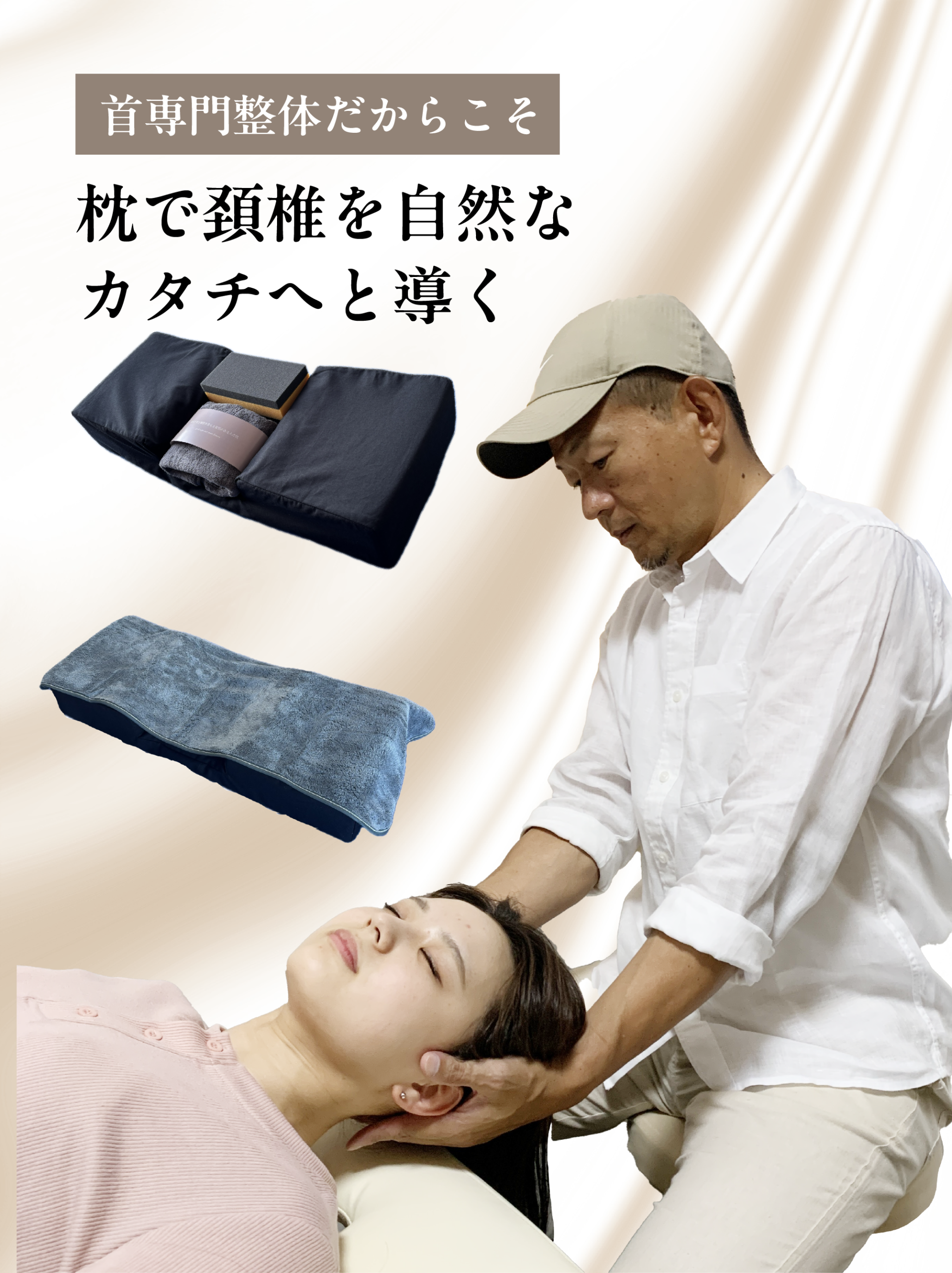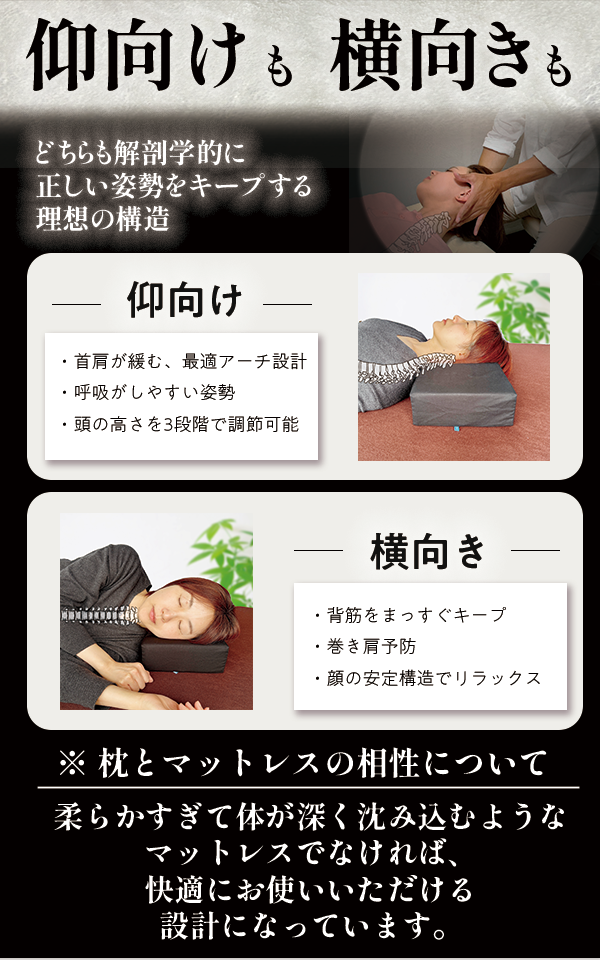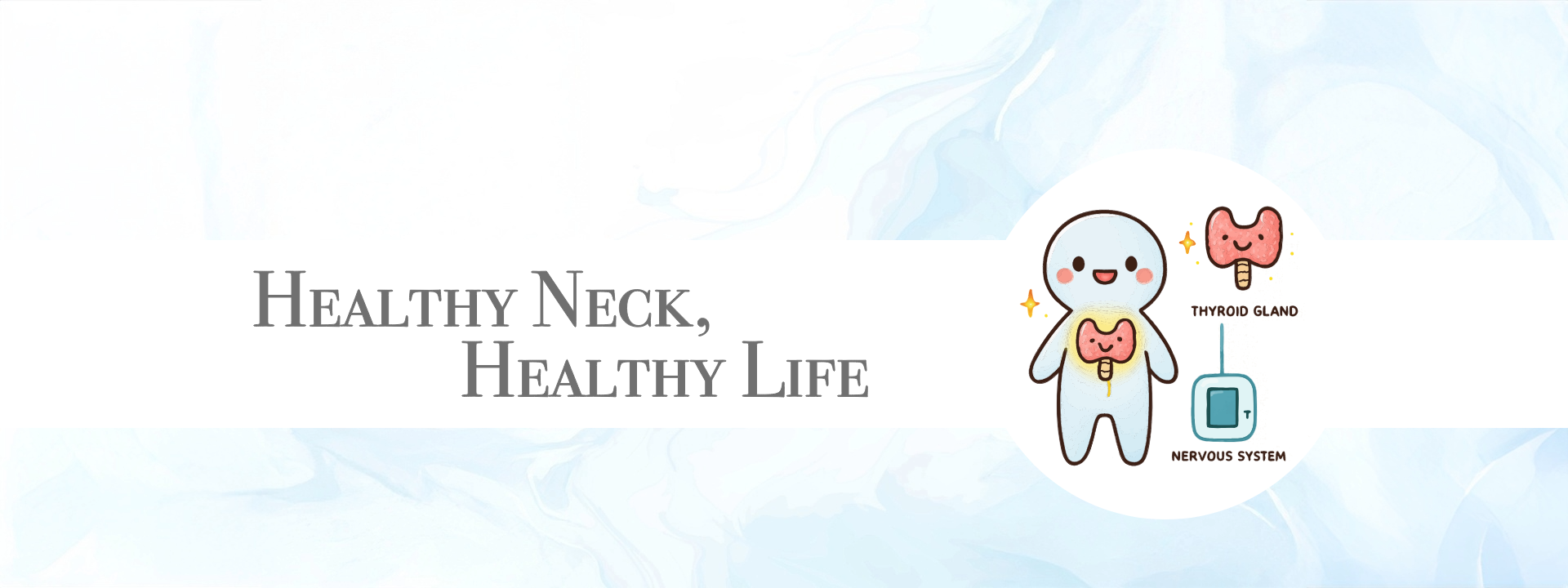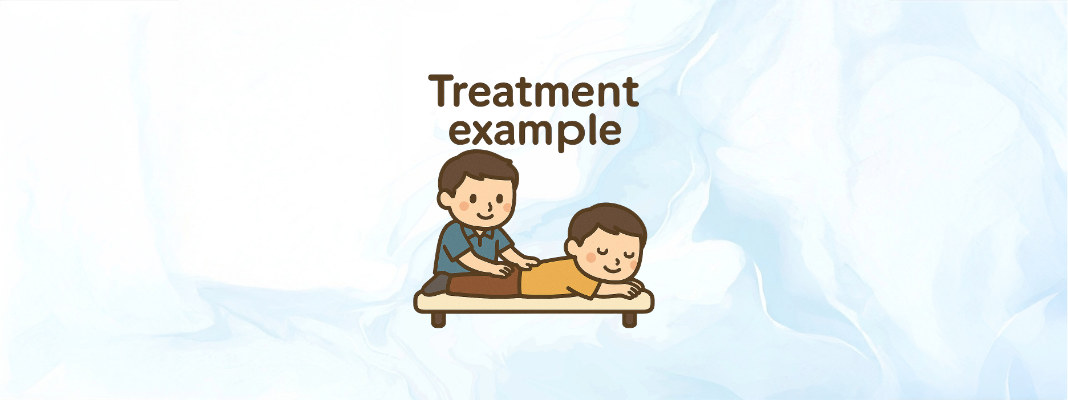A Case of a Middle School Student Misdiagnosed with Orthostatic Dysregulation
Today, a third-year male middle school student visited our clinic after being diagnosed with orthostatic dysregulation.
Main Complaints
- Headache upon waking (lasting into the afternoon, managed with painkillers)
- Dizziness (only upon waking, subsides within about an hour)
At the hospital, no clear cause was found. He was told, “Since your blood pressure differs between morning and afternoon, it might be the cause. Let’s prescribe medication to raise your blood pressure and see how it goes.”
However, as I began the intake interview, I immediately sensed that this was not a case of orthostatic dysregulation.
Clinical Observations
Morning symptoms like these are often due to sleeping posture or pillow height:
- Sleeping face down or on the side with a pillow that’s too low
- Sleeping on the back with a pillow that’s too high
- Sleeping without a pillow
When such symptoms are not chronic, it’s often due to fatigue or falling asleep after drinking. In this case, I suspected the first scenario.

This photo shows the chiropractic adjustment being performed on the cervical spine. Targeted correction of the upper neck misalignment led to significant improvement in dizziness and headaches.
Upon examination in the supine position, the patient’s neck showed a habitual right-side bending. The left cervical vertebrae, C1 and C2, were deviated laterally. I suspected he sleeps with his right shoulder down and uses a pillow that is too low — which he confirmed when asked.
While performing an adjustment and checking side bending, he said, “Oh, it moves now,” indicating immediate change.
The cause of his headaches and dizziness was clearly in the upper cervical spine. The misalignment appeared to be slightly prolonged, so one session would not fully resolve it, but a few sessions (2–3) should bring complete recovery.

Our original pillow is designed to maintain cervical alignment for side sleepers. Proper pillow height is essential in preventing autonomic imbalance and related symptoms like morning dizziness.
Treatment and Daily Advice
The treatment included full-body balance assessment, careful muscle release, and cervical adjustment.
As part of lifestyle guidance, we provided him with our original pillow, specifically designed to suit those who habitually sleep on their side. We advised him to avoid sleeping only on his right side and to vary his position by also sleeping on his back and occasionally on his left. This helps prevent asymmetrical strain on the neck.
Small changes in daily habits can greatly influence recovery speed and prevent recurrence.
Support for School Absenteeism
Our clinic also supports students struggling with school absenteeism. Many of them visit us due to complaints like being unable to wake up in the morning or go to school.
While these cases are often caused by autonomic nervous system imbalance, if the root is physical, as in this case, improvement tends to be rapid. (However, in some cases, students may continue to skip school even after recovery if the habit of staying home has already set in.)
We frequently hear that students are prescribed blood pressure medications but see no improvement.
Reconsidering the Diagnosis
Let me say this clearly: A slight drop in blood pressure in the morning is normal for humans.
Equating “can’t wake up in the morning” with “low blood pressure” and prescribing medication based on that oversimplified logic only adds confusion for patients.
Yet in Japan, the hospital–pharmaceutical hierarchy dominates the healthcare system. Even incorrect decisions are rarely overturned, and so, in our field, the only option is to quietly produce solid results, one case at a time.
This makes it difficult for accurate, useful information to reach the broader public.
Future Vision
I sincerely hope to conduct joint clinical research under a government that prioritizes the wellbeing of its citizens — to scientifically validate this treatment method and help as many people as possible.




コメント